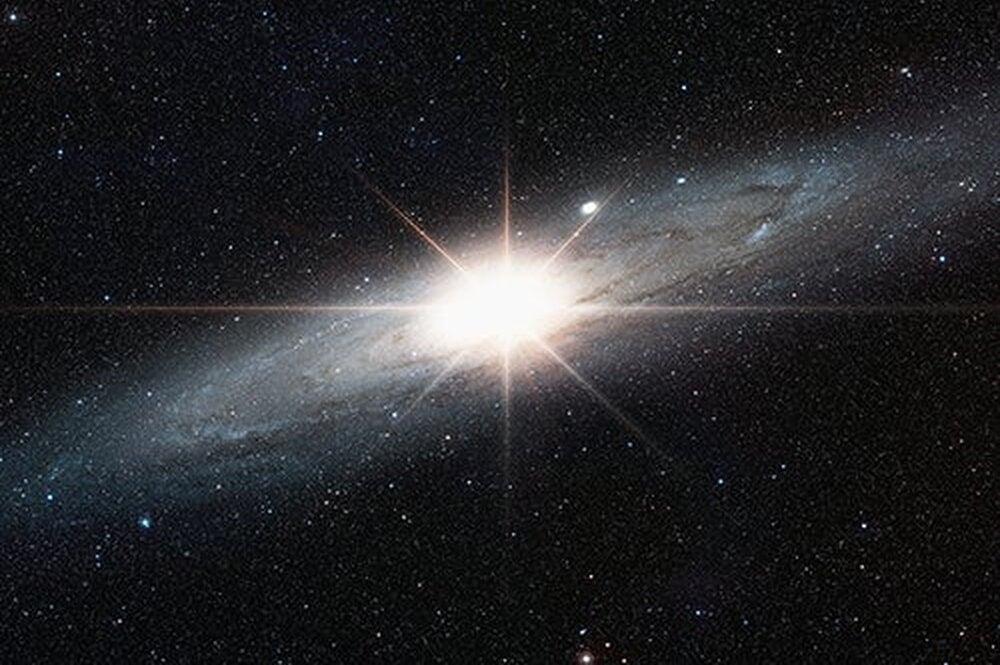

We’ve long known that there is ice on Mars, but on Sept. 28, NASA confirmed evidence of running water on the red planet—which makes all the difference in the world, says Illinois astronomy professor Leslie Looney.
The discovery was made by NASA’s Mars Reconnaissance Orbiter, which used an imaging spectrometer to determine that mysterious streaks on the surface of Mars are caused by briny, flowing water filled with Martian salts that act as an antifreeze. The water was marked by dark streaks found along slopes on mountains, craters, and canyons.
“These streaks were already interesting because they lengthen in the summer and shorten in the winter,” said Looney. “One explanation for the seasonal change was the existence of liquid water darkening the salts, much like rain darkens the sidewalk. The big breakthrough was the use of a sensitive instrument when the dark streaks were at their longest to confirm the liquid water.”
The dark streaks give future missions to Mars a specific area to explore, Looney added. It seems likely that the water is coming up from below the surface, but what are the properties of the water? How much of it is below the surface?
Why is this important? Looney said that the possibility of life is the most interesting prospect raised by this recent discovery.
“Life requires water. If water is common underground, is life common under the Martian surface?” He said. “This is the outstanding question. Of course, when I say life, I mean Martian microbes, but finding those would still be transformative for our species. If life can exist on Mars under today’s conditions, then life is likely common in the universe.”
The Curiosity Mars Rover is within two miles of some of the streaks (more than a couple of years of hard driving for the land rover, Looney added), but the possibility of microbial Earth life on Curiosity means the vehicle should stay away from water in case Earth microbes colonize the water and threaten any possible Martian microbes.
On the other hand, the existence of water on Mars would make future visits and even colonization much more feasible. For one, water would not have to be shipped from Earth. Additionally, the perchlorates salts in the Martian water are also an important ingredient in rocket propellant, Looney said.


